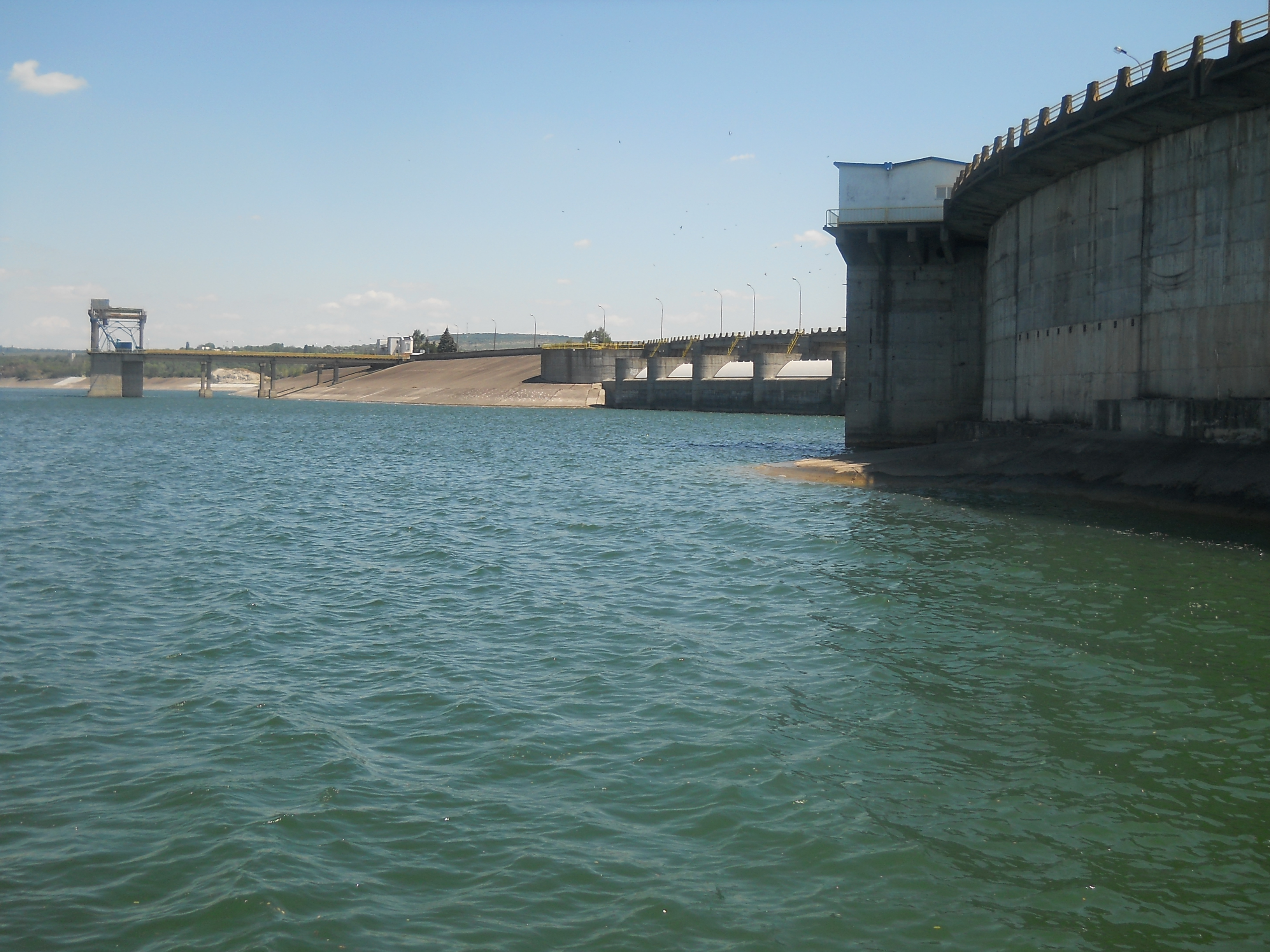|
Mihai Eminescu, Botoșani
Mihai Eminescu is a commune in Botoșani County, Western Moldavia, Romania. It is composed of nine villages: Baisa, Cătămărești, Cătămărești-Deal, Cervicești, Cervicești-Deal, Cucorăni, Ipotești (the commune centre), Manolești and Stâncești. The commune is so named because Mihai Eminescu spent his childhood here, in the village of Ipotești. References Communes in Botoșani County Localities in Western Moldavia {{Botoşani-geo-stub ... [...More Info...] [...Related Items...] OR: [Wikipedia] [Google] [Baidu] |
Botoșani County
Botoșani County () is a county (județ) of Romania, in Western Moldavia (encompassing a few villages in neigbhouring Suceava County from Bukovina to the west as well), with the capital town ( ro, Oraș reședință de județ) at Botoșani. Demographics As of 31 October 2011, it had a population of 412,626 and the population density was 83/km2. * Romanians – 94.1% * Romani – 1% * Ukrainians – 0.2% * Lipovans – 0.1% * Other ethnicities – 0.1% * Unknown ethnicity – 4.6% Geography * Botoșani County is situated between the rivers Siret and Prut, in the northeastern part of Romania, bordering Ukraine to the north and Moldova to the east. To the west and south it has borders with Suceava and Iași counties. * It has a total area of , comprising 2.1% of the Romanian territory. * The relief is a high plain, between the valleys of the Siret and the Prut, and the latter's affluent, the Jijia River. * It has a temperate climate, influenced by the eastern air mas ... [...More Info...] [...Related Items...] OR: [Wikipedia] [Google] [Baidu] |
Romania
Romania ( ; ro, România ) is a country located at the crossroads of Central, Eastern, and Southeastern Europe. It borders Bulgaria to the south, Ukraine to the north, Hungary to the west, Serbia to the southwest, Moldova to the east, and the Black Sea to the southeast. It has a predominantly temperate- continental climate, and an area of , with a population of around 19 million. Romania is the twelfth-largest country in Europe and the sixth-most populous member state of the European Union. Its capital and largest city is Bucharest, followed by Iași, Cluj-Napoca, Timișoara, Constanța, Craiova, Brașov, and Galați. The Danube, Europe's second-longest river, rises in Germany's Black Forest and flows in a southeasterly direction for , before emptying into Romania's Danube Delta. The Carpathian Mountains, which cross Romania from the north to the southwest, include Moldoveanu Peak, at an altitude of . Settlement in what is now Romania began in the Lower Pale ... [...More Info...] [...Related Items...] OR: [Wikipedia] [Google] [Baidu] |
Dacians
The Dacians (; la, Daci ; grc-gre, Δάκοι, Δάοι, Δάκαι) were the ancient Indo-European inhabitants of the cultural region of Dacia, located in the area near the Carpathian Mountains and west of the Black Sea. They are often considered a subgroup of the Thracians. This area includes mainly the present-day countries of Romania and Moldova, as well as parts of Ukraine, Eastern Serbia, Northern Bulgaria, Slovakia, Hungary and Southern Poland. The Dacians and the related Getae spoke the Dacian language, which has a debated relationship with the neighbouring Thracian language and may be a subgroup of it. Dacians were somewhat culturally influenced by the neighbouring Scythians and by the Celtic invaders of the 4th century BC. Name and etymology Name The Dacians were known as ''Geta'' (plural ''Getae'') in Ancient Greek writings, and as ''Dacus'' (plural ''Daci'') or ''Getae'' in Roman documents, but also as ''Dagae'' and ''Gaete'' as depicted on the la ... [...More Info...] [...Related Items...] OR: [Wikipedia] [Google] [Baidu] |
Dacian Fortresses In Botoșani County
Dacian, Geto-Dacian, Daco-Getic or Daco-Getian () often refers to something of or relating to: * Dacia (other) * Dacians * Dacian language Dacian may also refer to: * Dacian archaeology * Dacian art * Dacia in art * Dacian culture * Dacian deities * Dacian goddesses * Dacian gods * Dacian mythology * Dacian names * Dacian sites * Dacian bracelets, bracelets associated with the ancient peoples known as the Dacians, a particularly individualized branch of the Thracians * Dacian kings * Dacian towns, settlements and fortified towns * Dacian tribes * Dacian warfare, spans from c. 10th century BC up to the 2nd century AD in the region defined by Ancient Greek and Latin historians as Dacia * Dacian weapons * Domitian's Dacian War, a conflict between the Roman Empire and the Dacian Kingdom * Trajan's Dacian Wars, two military campaigns fought between the Roman Empire and Dacia during Roman Emperor Trajan's rule It may also refer to: * Daco-Roman, the Romanized culture ... [...More Info...] [...Related Items...] OR: [Wikipedia] [Google] [Baidu] |
Historic Monuments In Botoșani County
History (derived ) is the systematic study and the documentation of the human activity. The time period of event before the invention of writing systems is considered prehistory. "History" is an umbrella term comprising past events as well as the memory, discovery, collection, organization, presentation, and interpretation of these events. Historians seek knowledge of the past using historical sources such as written documents, oral accounts, art and material artifacts, and ecological markers. History is not complete and still has debatable mysteries. History is also an academic discipline which uses narrative to describe, examine, question, and analyze past events, and investigate their patterns of cause and effect. Historians often debate which narrative best explains an event, as well as the significance of different causes and effects. Historians also debate the nature of history as an end in itself, as well as its usefulness to give perspective on the problems of the p ... [...More Info...] [...Related Items...] OR: [Wikipedia] [Google] [Baidu] |


.jpg)